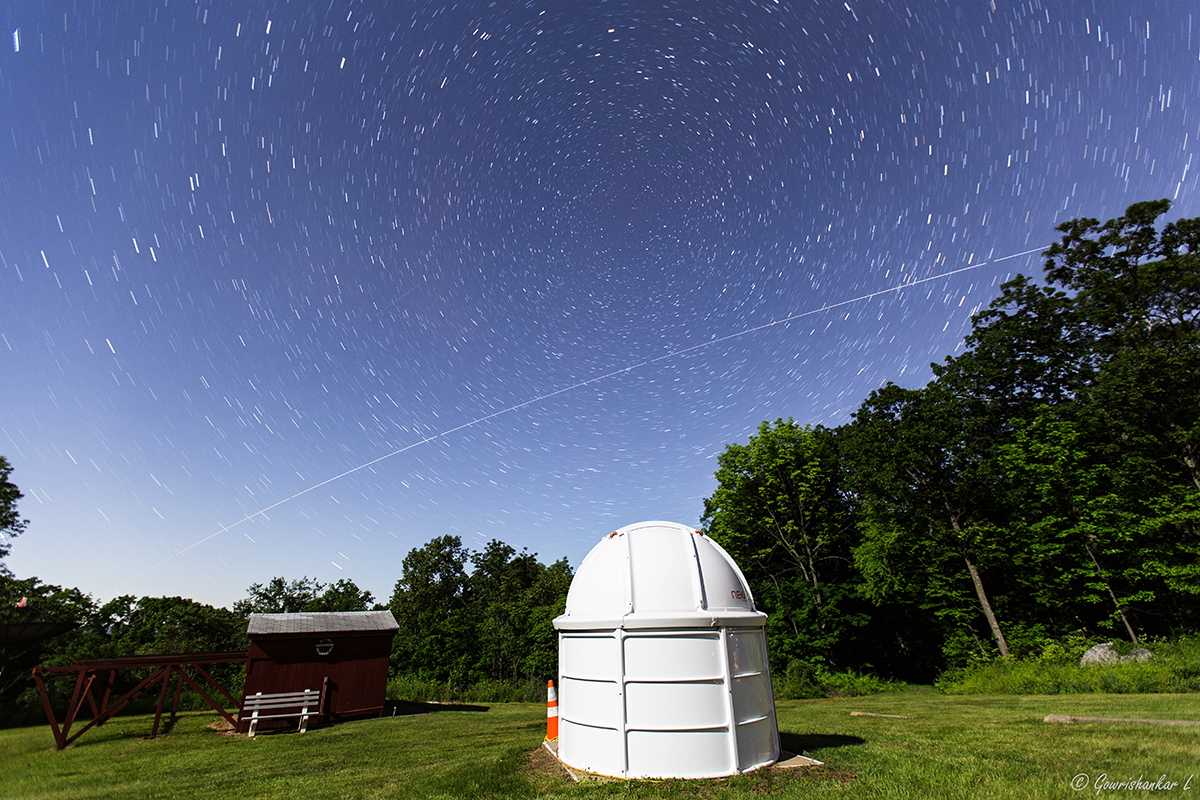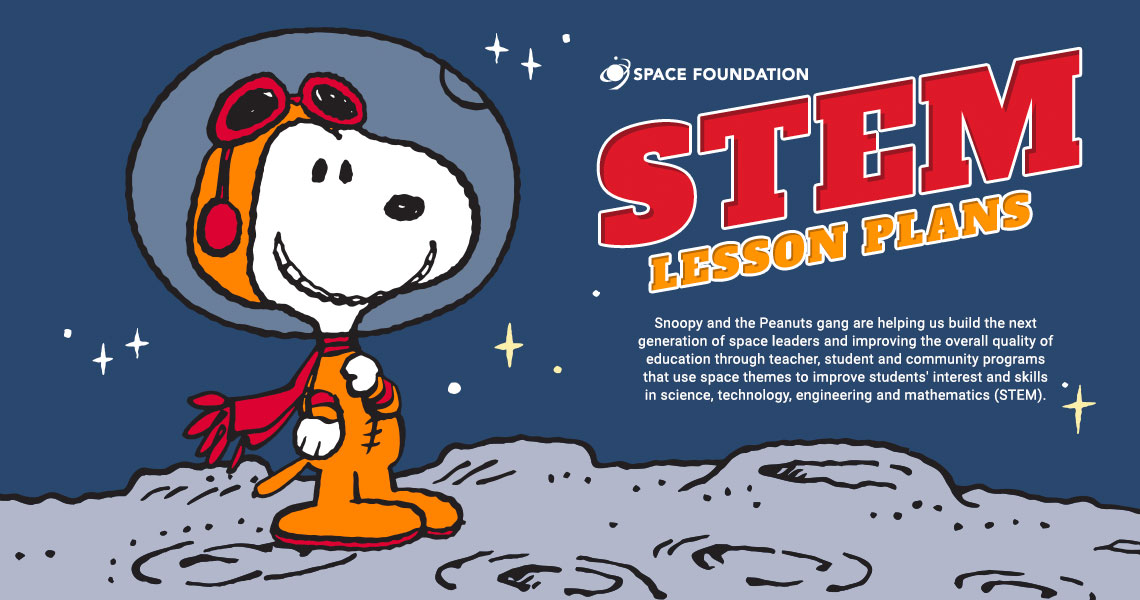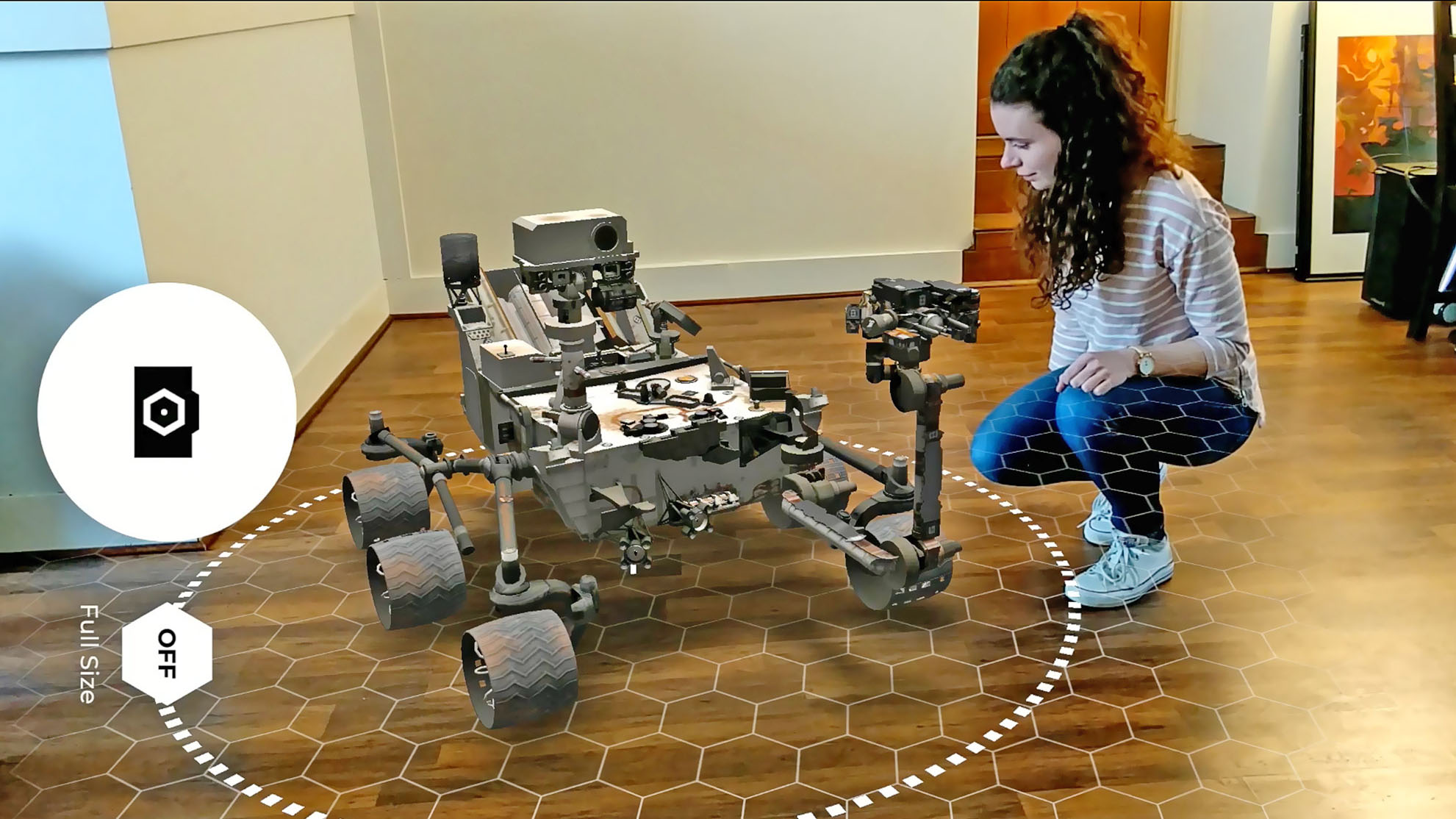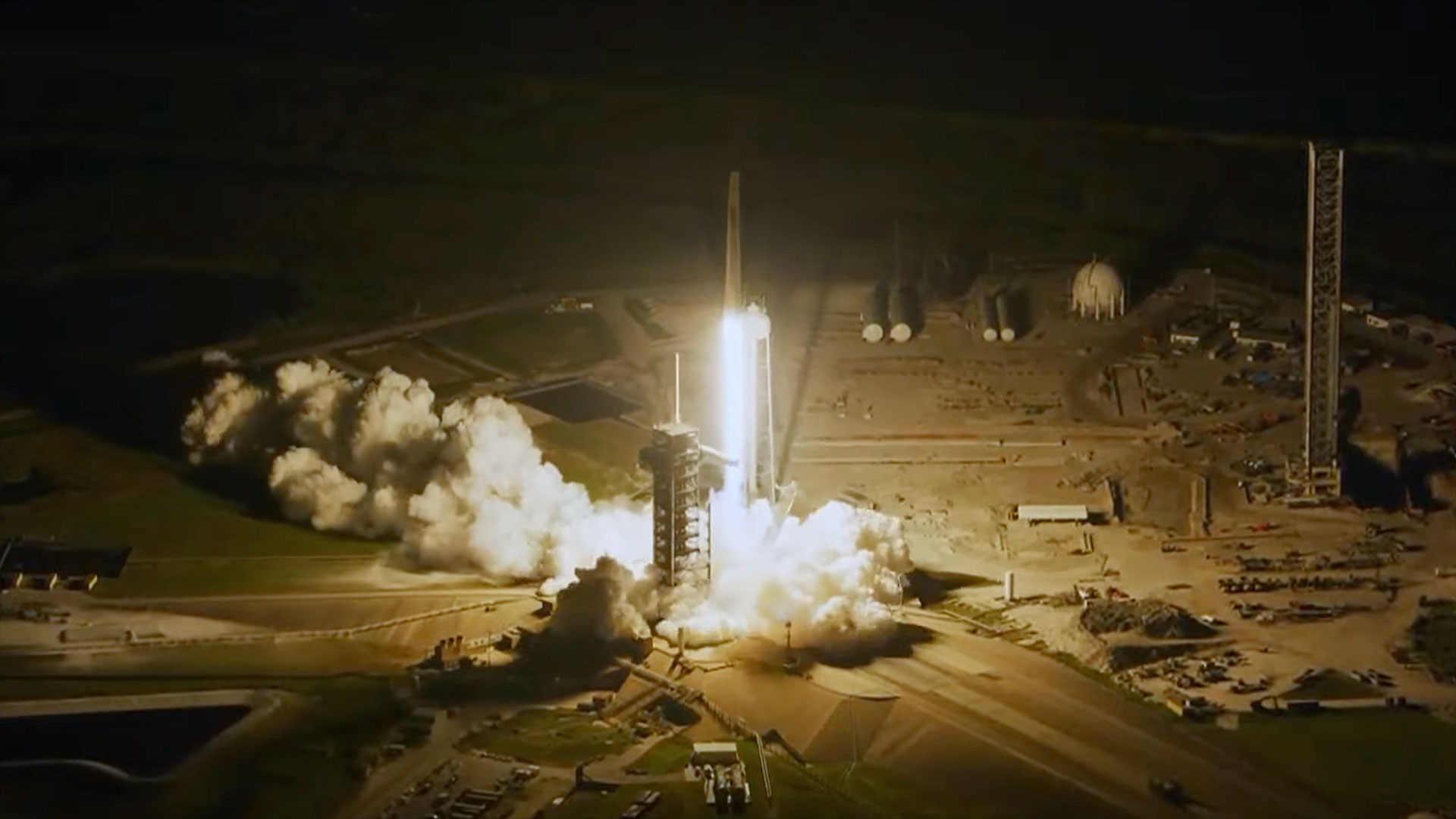Free space projects for kids (and adults) stuck at home during the coronavirus outbreak
If the coronavirus pandemic has you stuck at home and yearning for some space exploration, NASA's got you covered.
With most of us stuck at home for longer than usual as much of the world is battling the coronavirus pandemic, now is a good time to get caught up on space exploration — no matter what your age or focus.
NASA's website has a plethora of opportunities for kids and adults alike to learn more about astronomy and spaceflight. Whether you want to be an astronaut, kill some time learning about the universe or help the agency work on future space exploration activities, there's no lack of things to do.
So, if you're looking for a little out-of-this-world escape while you're stuck at home, here is a list of free space-themed activities from NASA to keep you occupied.
Related: 'Space Racers' goes full STEAM ahead with free activities for kids
Get involved at NASA
NASA astronaut applications remain open for U.S. citizens interested in the chance to go to space. NASA is recruiting astronauts who may have the chance to land on the moon as a part of the forthcoming Artemis program. You have until March 31 to get your applications ready. NASA aims to put boots on the moon again in 2024, as long as the equipment is ready, the funding is there and the current flight schedule holds.
Explore Opportunities allows you, as a citizen scientist or engineer, to submit innovative ideas that could be used on future space exploration missions, or to participate in current missions. Example projects on the front page include making requests for the Juno spacecraft's JunoCam at Jupiter, creating a sensor for a possible Venus rover mission, and (if you're a student) participating in challenges related to NASA's Artemis moon program.
Observe the night sky

Spot the Station is a tracking tool that allows you to look up your location from anywhere on Earth, and find out when, where and how you can see the International Space Station (ISS) pass overhead. Sign up for email or text alerts to know when to stick your nose out the door. The ISS will appear like a bright star or planet slowly passing across the sky. There are currently three crew members on board the station doing science activities for Expedition 62, including NASA's Jessica Meir and Andrew Morgan, and Russian cosmonaut Oleg Skripochka.
Breaking space news, the latest updates on rocket launches, skywatching events and more!
Stargaze (safely). While many cities are asking residents to remain indoors, if you are able to step outside (while practicing safe social distancing), you can see plenty of planets and constellations. Venus will be out in the evenings, while Jupiter, Saturn and Mars are visible at dawn. For sky maps and information about skywatching events, check out NASA's guide, "What's Up: Skywatching Tips from NASA."
Slooh will livestream an astronomy lesson and live telescope views from around the world on Thursday, March 19. The webcast, which is geared toward K-12 students, will begin at 4:30 p.m. EDT (2030 GMT). "Slooh's live lesson will be educational, inspiring and soothing," Slooh officials said in a statement. "During the program, students will learn how to explore space by following in the footsteps of famous astronomers to make their own personal discoveries using Slooh's Quest curriculum."
Listen to podcasts
NASA podcasts let you catch up on the latest news, even if your hands are full doing chores or other activities around the house. Some of the listed podcasts on the front page include:
- "Houston, We Have A Podcast," which examines human spaceflight
- "NASA Explorers: Apollo," which talks about moon exploration
- "The Invisible Network," which profiles behind-the-scenes people who help spacecraft explore the universe
- "Welcome to the Rocket Ranch," a podcast profiling activities at NASA's Kennedy Space Center in Florida
Read e-books
NASA e-books allow you to dive in-depth into a lot of space and aerospace topics, all for free. Some of the most popular downloads (all on the front page of the link) include a book about Hubble's galaxy discoveries, learning about how humans and animals light up the night, a photo-essay from NASA's Earth science division, a chronicle of the Cassini spacecraft's exploration of Saturn, and a discussion of robotic spacecraft that flew across the solar system and into interstellar space. Some of NASA's most popular free e-books include:
- "Earth at Night" (Dec. 2019): This gorgeous photobook features glittering satellite images of Earth's city lights by night. In this e-book, NASA scientists explore "how humans and natural phenomena light up the darkness, and how and why scientists have observed Earth’s nightlights for more than four decades using both their own eyes and spaceborne instruments," NASA said in the book's description.
- "Hubble Focus: Galaxies Through Space and Time" (Aug. 2019): The second in a series of e-books, this book details Hubble's recent discoveries about galaxies, and the latest research on galaxy evolution.
- "The Saturn System Through the Eyes of Cassini" (Sept. 2017): Over a period of 13 years, NASA's Cassini mission captured about 450,000 images of Saturn and its moons. See some of Cassini's most amazing images and find out what the mission has taught scientists in this photo-filled book.
STEM activities
NASA's Jet Propulsion Laboratory's "teachable moments" for students, ranging from Pi Day discussions, some information about Mercury's transit across the sun, a retrospective about the Apollo program during the 50th anniversary of the moon landing, and citing the ever-popular "Star Wars" links to real-life science.
Explore NASA STEM gives home activities for students ranging from kindergarten to Grade 12th grade. There are pages tailored for students who would like to work on their own, and other pages for educators (and parents) who are looking for activities for kids, preteens and teenagers. The K- to 4 page for students, for example, has activities on airplanes, weather and climate, stars, Earth and the International Space Station.

Learn STEM with Snoopy in space! The Space Foundation has partnered with the makers of "Peanuts" to create 10 downloadable Snoopy-themed lesson plans for K-8 students. "Containing projects that utilize commonly available materials, students join Snoopy to learn about constellations, space suits, rocketry, microgravity, and the various missions of the Apollo Program," Space Foundation officials said in a statement. "Working through lesson plans that integrate subjects like Earth and space sciences, mathematics and more, students exercise skills like problem solving, performing investigations, constructing explanations, and information literacy."
"Space Racers," an animated kids' TV series produced in collaboration with NASA experts, has released free educational content for students during school closures amid the coronavirus outbreak. Free episodes of the series, as well as educational science, technology, engineering, art and mathematics (STEAM) activities and educator-approved lesson plans are available for download here.
Mobile apps
The "lunar and planetARy" app from the Lunar and Planetary Institute (LPI) lets smartphone users explore planets, moons and other solar system objects via augmented reality. By pointing your smartphone camera at one of six downloadable graphics, you'll see 3D global maps of the moon, Mars, Pluto, Jupiter's moon Europa, Saturn and seven of its moons. Get the app for free from the App Store and Google Play; the interactive posters are free to download from LPI. (You don't actually need to print the posters; pointing your camera at the digital images on a computer screen works, too.)

NASA's "Spacecraft AR" app brings the agency's many spacecraft right to your living room, so you can check them out with augmented reality. The educational app, which was developed by NASA's Jet Propulsion Laboratory, will place interactive 3D models right in front of you. Download it for free from the App Store and Google Play.
Smithsonian's "Apollo's Moon Shot AR" app is an immersive augmented reality (AR) experience that recreates the full timeline of the Apollo missions, allowing users to relive history for themselves. It is based on the channel's six-part television series, "Apollo's Moon Shot," which follows the journey of the moon landing program. The free app is available for download at the App store and Google Play.
- The best sci-fi and space games on mobile
- NASA visitor centers and space museums close as coronavirus precaution
- Getting sick in space: How would NASA handle an astronaut disease outbreak?
Follow Elizabeth Howell on Twitter @howellspace. Follow us on Twitter @Spacedotcom and on Facebook.
OFFER: Save at least 56% with our latest magazine deal!
All About Space magazine takes you on an awe-inspiring journey through our solar system and beyond, from the amazing technology and spacecraft that enables humanity to venture into orbit, to the complexities of space science.
Join our Space Forums to keep talking space on the latest missions, night sky and more! And if you have a news tip, correction or comment, let us know at: community@space.com.

Elizabeth Howell (she/her), Ph.D., was a staff writer in the spaceflight channel between 2022 and 2024 specializing in Canadian space news. She was contributing writer for Space.com for 10 years from 2012 to 2024. Elizabeth's reporting includes multiple exclusives with the White House, leading world coverage about a lost-and-found space tomato on the International Space Station, witnessing five human spaceflight launches on two continents, flying parabolic, working inside a spacesuit, and participating in a simulated Mars mission. Her latest book, "Why Am I Taller?" (ECW Press, 2022) is co-written with astronaut Dave Williams.


